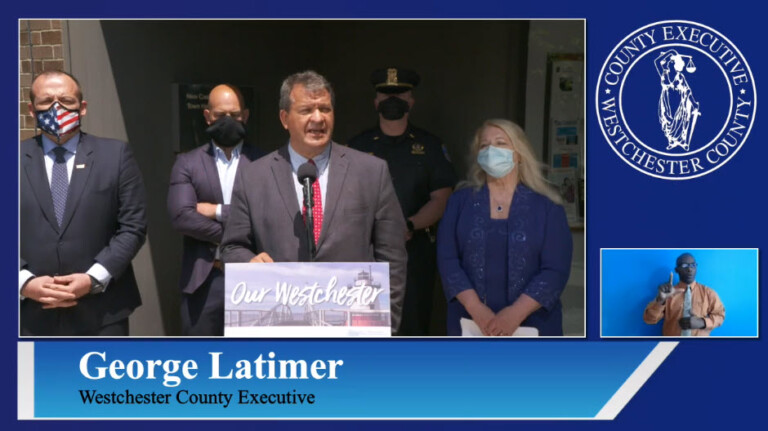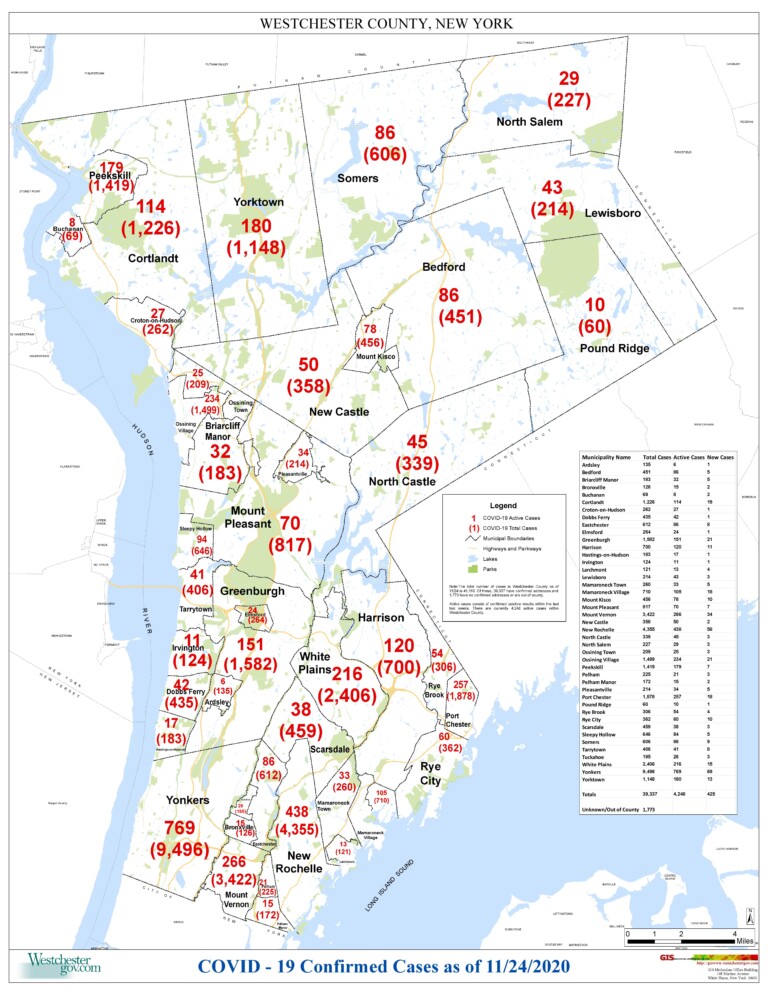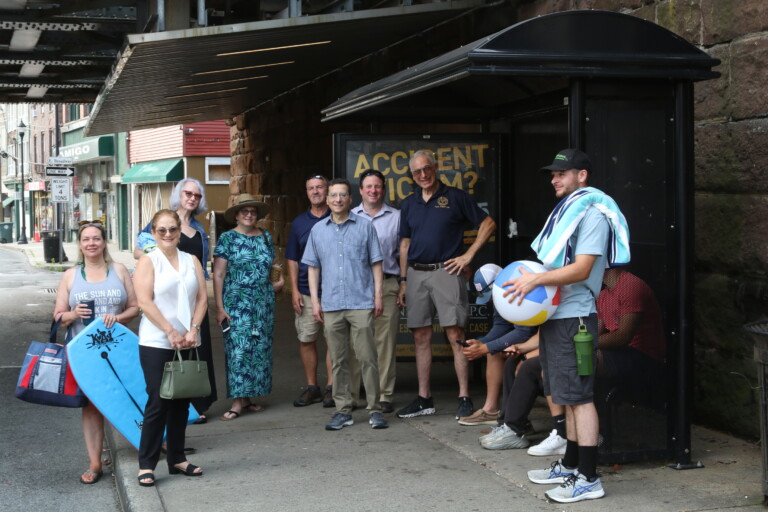Initial Funding for Dam Removal on Blind Brook
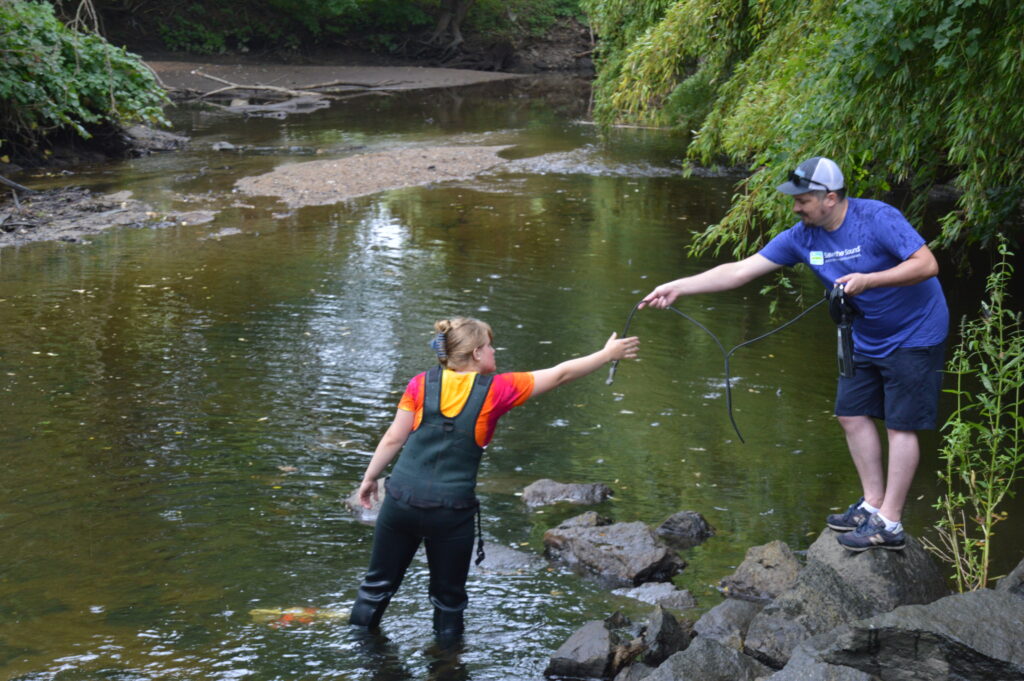
Local environmental group Save the Sound has been awarded $109,984 to initiate a dam removal feasibility study for the first dam on Blind Brook at Rye High School. The funding, provided through the Marine Habitat Tributary Restoration and Resiliency Grant funded by the New York State Department of Environmental Conservation, will support Save the Sound in working collaboratively with the Rye City School District, Rye Sustainability Committee, City of Rye Conservation Commission Advisory Council, and Rye Nature Center to identify potential effects of removing the existing dam, locate upstream barriers to migratory fish, and conduct baseline water quality monitoring.
Dam removal at this site has the potential to reconnect 3.5 miles of migratory fish habitat for river herring and American eel along Blind Brook. Funds will support field assessment and lab analysis at Save the Sound’s Larchmont laboratory. Throughout this reconnaissance project, Save the Sound will hold community meetings to collect information, share findings, and keep constituents updated on the progress of the study and ways to get involved.
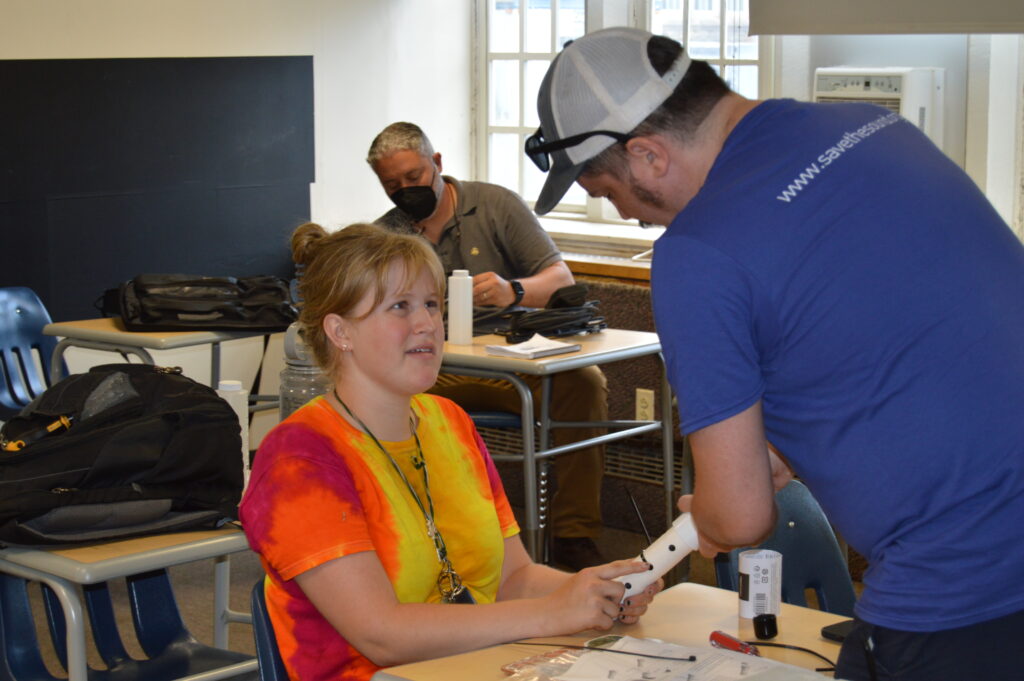
“Save the Sound would like to thank the New York State Department of Environmental Conservation for their generous funding of the Blind Brook dam reconnaissance project,” said Laura Wildman, regional director of ecological restoration. “The Blind Brook Dam is the first barrier to migratory fish on the Blind Brook and this work will allow us to investigate options for the dam such that historic fish runs can be restored and water quality improved. We are excited to be working on this project with the Rye High School and their students who will be playing a critical role in this dam removal feasibility study, particularly as we monitor water quality upstream and downstream of the dam. It is wonderful when restoration projects can come together under a truly integrated community approach and develop our future river stewards.”
Katie Friedman, New York ecological restoration program manager, has worked with the community of Rye in the past on the installation of a rain garden at the Rye Arts Center and outreach with students of the Rye High School. Rye student Delia Bajuk created her own research project with support from Save the Sound to begin monitoring the water quality and temperature below and above the dam. This grant will help to continue to engage Bajuk and her peers’ work and engagement with the site.
“We are working with Delia [Bajuk] to better understand the existing conditions and impacts of the dam on Blind Brook,” said Friedman. “This is the first downstream dam on the brook. It is one of many obsolete dams in the region no longer serving its original purpose, and which may block access to migratory fish habitat upstream. Water quality readings are important to collect when considering dam removal for stream restoration. There are many ecological benefits that can result from dam removal, and understanding how salinity, temperature, and dissolved oxygen may change through that process is helpful in predicting how dam removal may impact the Brook. Delia will be monitoring water quality upstream and downstream of the dam for one year to capture seasonal changes.”
Bajuk’s first interaction with Save the Sound was at a Clean Water Rye community forum. “I started to talk to them about the problems in Rye,” said Bajuk. “They mentioned the dam, which is literally on my school property.” Blind Brook slices through the Rye High School campus, between the school buildings and the football field.



